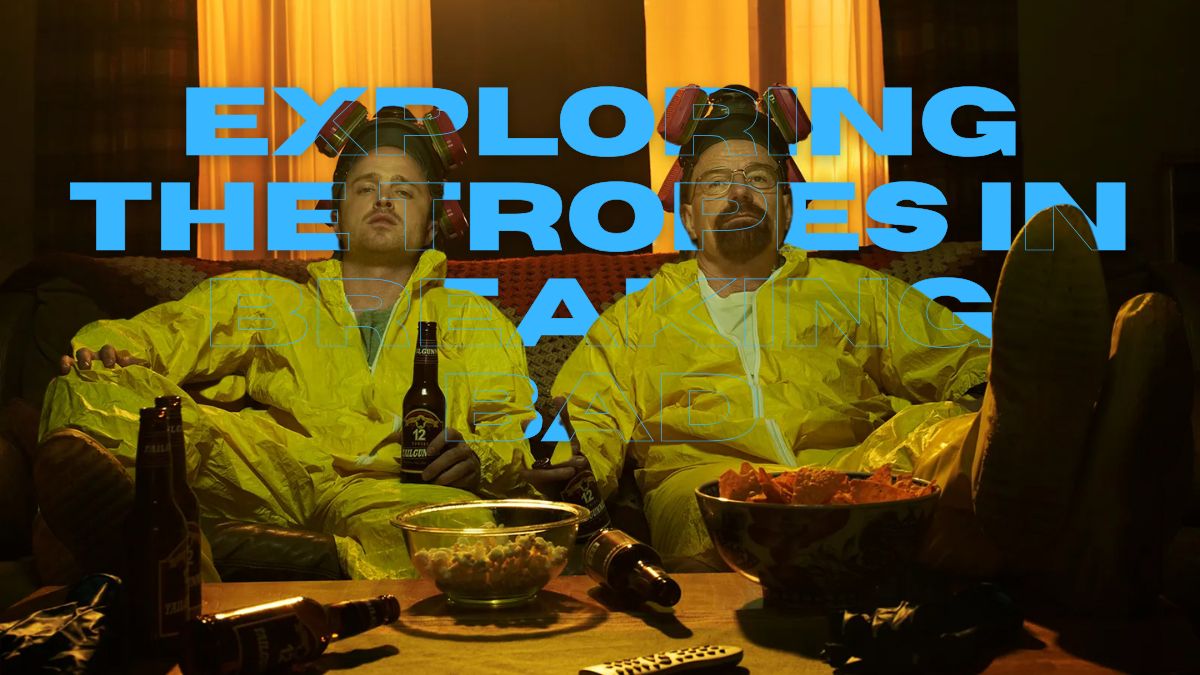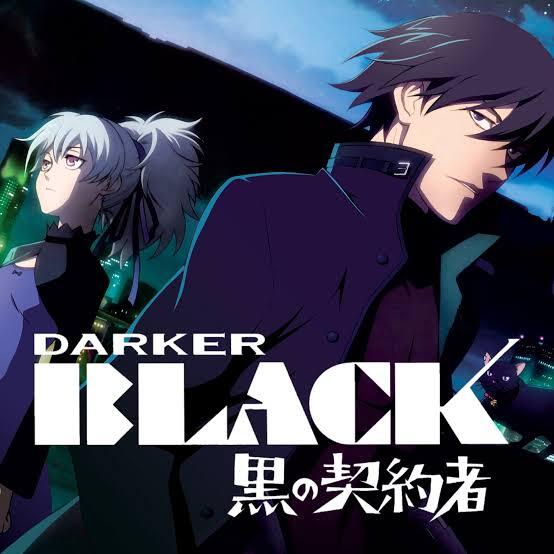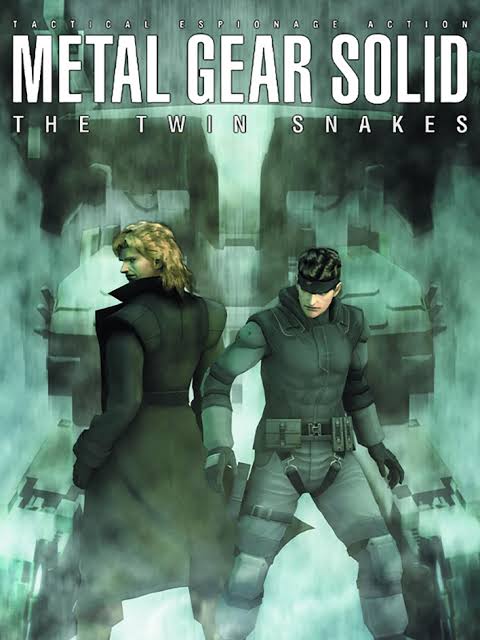Vince Gilligan’s Breaking Bad is widely regarded as one of the greatest television series of all time, not only for its compelling characters and gripping plot but also for its adept use of narrative tropes. These recurring storytelling devices serve to deepen character arcs, underscore the show’s moral themes, and maintain narrative tension throughout the series. Let’s examine some of the most prominent tropes employed in Breaking Bad.
1. The Fall of the Antihero
One of the most striking tropes in Breaking Bad is the classic “Fall of the Antihero.” Walter White begins as a mild-mannered, financially struggling chemistry teacher who is diagnosed with terminal cancer. This trope encapsulates his transformation into the ruthless drug kingpin, Heisenberg. The series meticulously chronicles Walter’s descent into moral corruption, using his cancer diagnosis as the catalyst that unleashes his latent desire for power and control. Gilligan masterfully uses this trope to explore how seemingly ordinary people can become monsters under the right circumstances.
2. Morality Chain
Walter’s relationship with Jesse Pinkman illustrates the “Morality Chain” trope. Initially, Jesse is portrayed as a small-time methamphetamine manufacturer and user. However, as Walter sinks deeper into criminality, Jesse emerges as the more morally conflicted character. The trope is effectively inverted, as Jesse, the supposed bad influence, becomes the more ethically conscious of the duo, while Walter becomes increasingly ruthless.
3. The Dragon
Every kingpin needs an enforcer, and in Breaking Bad, that role is filled by Mike Ehrmantraut. Mike embodies “The Dragon” trope — a fiercely loyal, highly competent henchman who acts as the right-hand man to Gustavo Fring. Mike is pragmatic and unemotional, operating with a strict code of conduct. His role as “The Dragon” not only provides a physical threat to Walter but also serves to highlight the professional structure and discipline that Walter eventually destroys.
4. The Chessmaster
Gustavo Fring is a quintessential example of “The Chessmaster.” He is methodical, calculated, and always several steps ahead of his enemies. From his meticulous front as a fast-food restaurant owner to his clandestine drug empire, Gus represents the strategic, manipulative antagonist who operates with the precision of a chess player. This trope reinforces the idea that in the criminal underworld, power is not only gained through violence but also through intellect and patience.
5. Break the Cutie
Skyler White is a textbook case of the “Break the Cutie” trope. Initially depicted as a loving wife and caring mother, she is gradually worn down by Walter’s lies, deceit, and criminal activities. Her transformation from a strong, assertive woman to a disillusioned, paranoid accomplice is emblematic of how collateral damage extends beyond those directly involved in criminal enterprises. Skyler’s moral decline serves as a haunting reminder of the broader consequences of Walter’s actions.
6. Chekhov’s Gun
Gilligan’s use of foreshadowing and “Chekhov’s Gun” is exceptionally well-executed throughout the series. Objects, plot points, and dialogue that seem inconsequential initially — such as the pink teddy bear in the pool or the ricin cigarette — later become crucial to the plot’s progression. This trope not only ties together disparate narrative threads but also amplifies the sense of inevitability and impending doom that looms over the characters.
7. The Sliding Scale of Antiheroes
Breaking Bad showcases a spectrum of antiheroes, each occupying different points on the moral scale. Walter White, Jesse Pinkman, and Mike Ehrmantraut each exhibit varying degrees of criminality, loyalty, and conscience. The trope serves to contrast the paths that different characters take when faced with similar moral dilemmas, highlighting how each individual rationalizes their descent into crime.
Conclusion
Breaking Bad is a masterclass in the use of narrative tropes to craft compelling, multidimensional characters and maintain a gripping storyline. The show’s exploration of the antihero, morality chains, and strategic manipulators creates a complex moral landscape where every action has profound consequences. By skillfully employing these tropes, Vince Gilligan not only tells a story about a man breaking bad but also about the broader ramifications of power, greed, and the cost of one’s soul.






